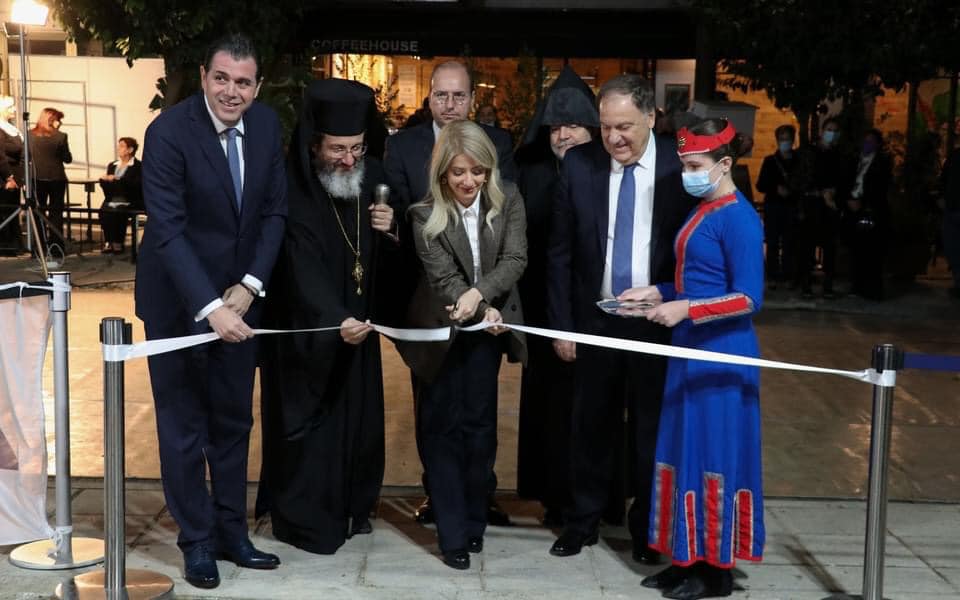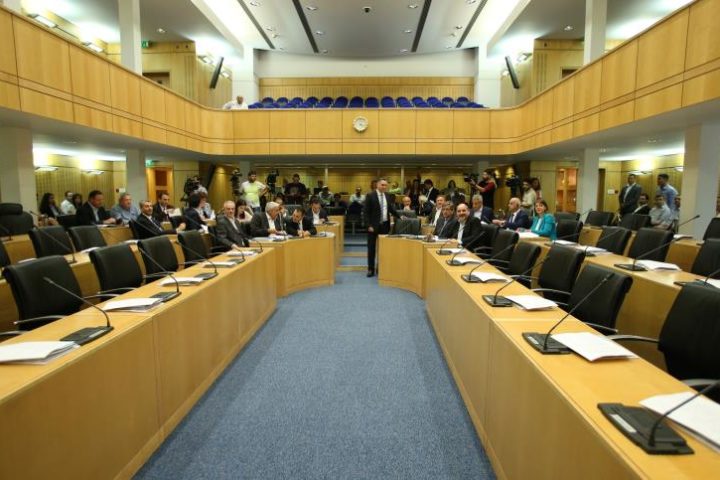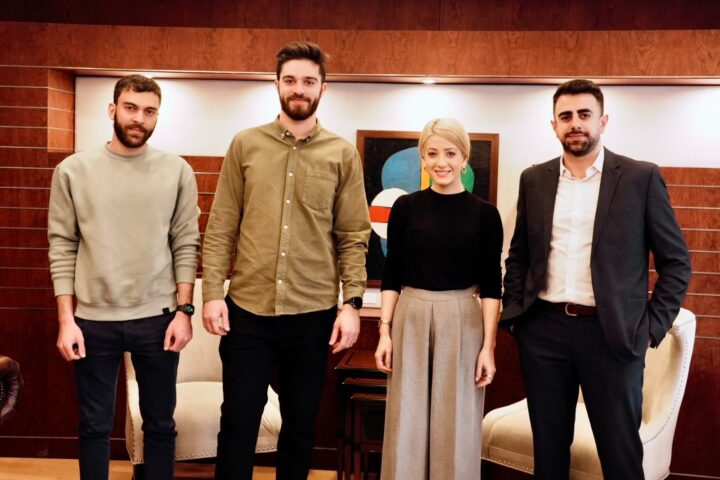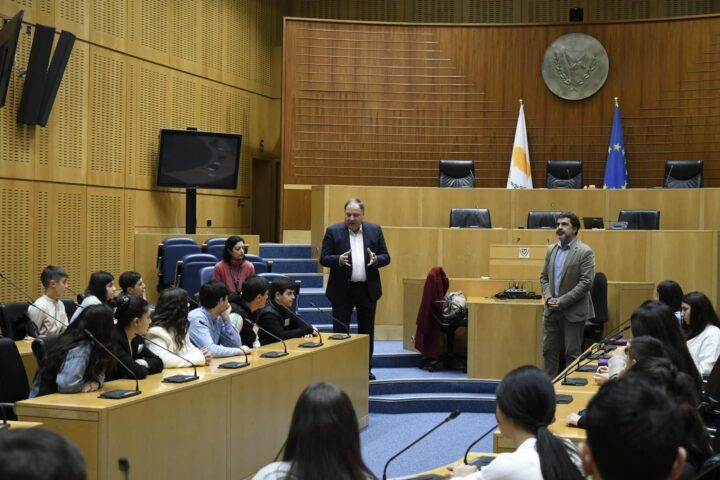House Speaker Annita Demetriou inaugurated a park at a key junction of Nicosia that commemorates the strong ties between Cyprus and Armenia and recognises the contribution of the vibrant Armenian community.
Addressing the ceremony on the corner of Limassol avenue and Armenia street, Demetriou said the “friendship that binds our peoples has very deep roots.”
“It has been forged and tested over the centuries.
“It has been sealed through sacred purposes and struggles for our survival.
“Following in the footsteps of this historic route, we were led here today, on Armenia Street, near the site of the historic Melkonian school, to inaugurate the ‘Cyprus-Armenian Friendship Park’.
She said the park highlights the historical presence of the Armenian community, with brilliant examples in the fields of the arts, science, business, and politics, and the strong ties between the peoples of Cyprus and Armenia.
Referring to the sculpture of a crane by local artist Panayiotis Pasantas, symbolising the Armenian nation’s longing for a homeland, Demetriou said: “The people of Cyprus and Armenia are also united by painful experiences, persecutions and hardships that have led us to the paths of refuge and diaspora.”
“In Cyprus, we still count our wounds and experience daily the effects of the Turkish invasion and occupation, which so violently interrupted the social and economic activity of our country, and which keeps our places, churches and properties enslaved.”
Welcoming newly appointed ambassador Tigran Mkrtchyan, accredited to Cyprus, Greece and the Balkans, the House speaker said Cyprus will continue, as it has always done, to offer its full support to every issue that concerns the brotherly people of Armenia and to express in every way solidarity with the sufferings caused by the war.
“From the inauguration of this park, let us keep the message of the importance of peaceful coexistence.”
She thanked the Armenian representative in parliament, Vartkes Mahdessian, for establishing the park and commissioning the sculpture in collaboration with the Ministry of Education.
Symbol of yearning
Mahdessian said the sculpture depicts a crane (“groong”), which throughout the centuries has been a symbol of yearning for the homeland, hope and anticipation for the Armenian communities of the diaspora.
“For those Armenians who emigrated to the four corners of the world, the crane was considered as the messenger from the homeland and flying incessantly from place to place, bridging the various thoughts and opinions of people and nations.
“It was praised in song and poem throughout history, whereas now it finds a new nest and home in the heart of Nicosia, becoming a lasting symbol of the deep and eternal friendship between the people of Cyprus and Armenia.”
Strovolos Mayor Andreas Papacharalambous, recalling his recent visit to the Genocide Memorial in the Armenian capital Yerevan, justified the council’s decision to designate the property as a monument to Cypriot-Armenian friendship.
“It is located on Armenia Street, where the heart of the community in Cyprus beats. It is a supreme act of self-awareness of our role as a local authority.”
He referred to the sacrifices made by Armenians, especially those who arrived as refugees in Cyprus, by establishing schools, such as the Melkonian orphanage and the Nareg public schools in three towns and cultural societies.
Quoting poet Yeghishe Charents: “Armenian nation, your salvation lies in your collective strength.”
“The choice of this location was not random.
“It is in the Acropolis area of the Municipality of Strovolos, where hundreds of our Armenian compatriots have lived and worked for decades, where the heart of the Armenian community of Cyprus beats, with important Armenian institutions, such as the Nareg primary school, the Armenian Church and Diocese, while at the end of the street is the Melkonian institute.”
In 2017, Paphos Mayor Phaedon Phaedonos inaugurated the Genocide Memorial Park in his town, which includes a ‘khachkar’ traditional cross-stone, with similar installations and statues in Nicosia and Larnaca’s Phinikoudes promenade.










